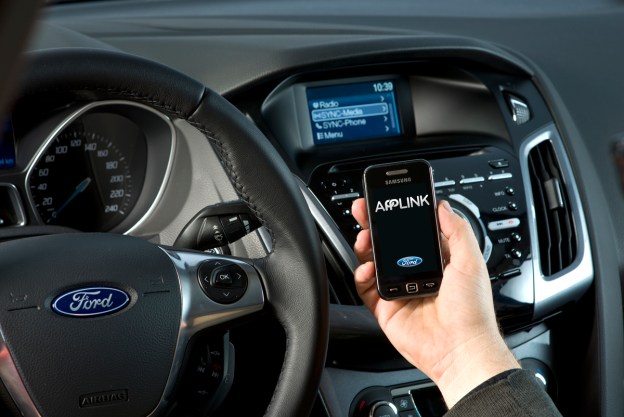 Smartphone users listening to Pandora through Ford’s Sync AppLink won’t have to deal with annoying ads, but only for a limited time. Ford is offering Pandora ad-free until the end of the year.
Smartphone users listening to Pandora through Ford’s Sync AppLink won’t have to deal with annoying ads, but only for a limited time. Ford is offering Pandora ad-free until the end of the year.
“Ford customers love both AppLink and Pandora, and we’re excited that through this partnership, they will be able to enjoy their favorite personalized radio stations on the road ad-free through the end of 2013,” Ford global director of connected services Doug Van Dagens said in a statement.
So while Ford drivers will have a non-satellite option for listening to a radio station (albeit a virtual one) without having to hear about used car sales, boat shows, or the need for donations from listeners like you, it will only be until the end of the year.
The Ford-Pandora alliance is part of a larger trend in automotive connectivity that sees car infotainment systems using the same popular apps as smartphones.
Sync AppLink allows Ford driver/users to use compatible phone-based apps with Sync’s voice controls. It basically turns a car into a four-wheeled smartphone interface, theoretically allowing drivers to indulge their smartphone addictions while keeping their hands on the wheel.
With their phones connected and Pandora synced with AppLink, drivers can do everything they normally do with Pandora, including playing music and creating new stations.
Pandora is one of about 30 apps available with Sync AppLink, which is compatible with iOS and Android. Others include iHeart Radio, Spotify, and Stitcher. Ford also launched an app developer contest at the 2013 Consumer Electronics Show to spur creation of new apps.
Sync AppLink is available on most Ford vehicles, including the Fusion, Fiesta, Mustang, C-Max, and F-Series trucks.


